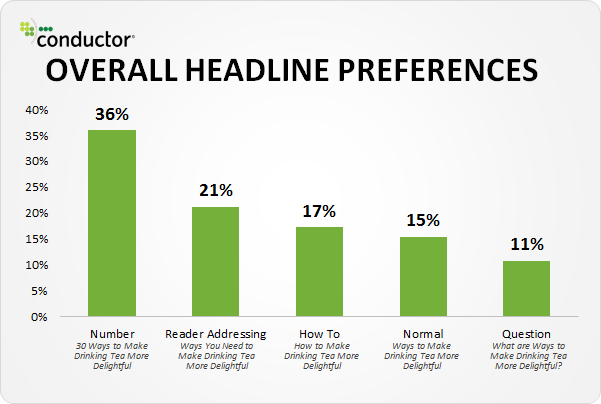How much effort do you put into writing your titles and headlines? If you’re like me, you labour over your content – blog posts, email, print articles – but titles are sometimes an afterthought. Spend a bit more time on your hook and you’ll enjoy an increase in readers and better organic search rankings.
 Getting readers to spend time on your website is challenging, especially as readers have more choices than ever. You can throw money at the problem by boosting posts, using Google Adwords or syndicating articles on a distribution platform. Or, you can invest a little extra time crafting your titles.
Getting readers to spend time on your website is challenging, especially as readers have more choices than ever. You can throw money at the problem by boosting posts, using Google Adwords or syndicating articles on a distribution platform. Or, you can invest a little extra time crafting your titles.
Why titles matter
Your title or headline is the barrier to your content. A catchy title or compelling headline can make a huge difference to whether a content-saturated audience is going to stop at your post. A flat or over-used headline won’t garner as much interest regardless of the quality of your content. This applies just as much to the titles of your email newsletter.
For example, conference organisers frequently send out emails looking for speakers. The tired “Call for Speakers is Now Open” subject line could easily be replaced with “We Need Your Expertise”. Which are you more likely to open and read?
Writing headlines and titles like the pros
No one does headlines better than The Onion. The satirical news source selects headlines in a labour-intensive editorial process. About 30 writers and contributors submit between 25 and 75 headlines each on Monday morning. This mega-list of hundreds is whittled down over the next couple days to 50 or 60. Only then are the articles developed. The hard work pays off. The Onion pulls over 11 million unique visitors every month, and enjoys an increase of almost 30 percent year-over-year.
But you’re not The Onion
Most writers I know don’t want to be boxed into a title at the beginning of a writing project. I recommend writing your content first and selecting the headline afterward. You never know what the writing process uncovers and arguments can develop during research. But don’t just dash off a headline. Write them to appeal to readers and to Google. And that goes for sub-headings, too. Make sure each piece of content is split up with keyword-rich section headings to keep the reader skimming down your page.
7 Tips for writing better headlines and titles:
- Write at least 10 different headlines for each piece of content.
- Use the online headline analyser from the Advanced Marketing Institute to score each one.
- Keep titles succinct – 55 characters or less is ideal for Google.
- Put your main keywords at the front of each title or headline to influence Google.
- Usability research shows length does matter. Readers are most influenced by the first three and last three words in your headline.
- Don’t make false promises in your title. You don’t want to get a reputation for producing click-bait with no substance.
- You’ll see lots of advice about writing sexy or surprising headlines. Only do this if it supports your brand.
Conductor reported the following reader preferences for headlines:
- Use numbers in your titles
- Put the audience in the title
- ‘How to’ posts are always popular
- Use questions to draw the reader’s interest
Writing titles and headlines is both art and science. Editors and copywriters know a good headline can make a big difference in viewership. Take a page out of the journalist’s handbook and spend extra time creating a great title. You’ll boost the return of the investment already made developing your content.
Another good way to improve your overall content marketing effectiveness is to attend Content Marketing World Sydney or Singapore in March 2015. Register now for the best pricing. I’ll be there with James Lush speaking about creating your own brand newsroom.
What tips do you have for creating better titles?
Image credit: Yesterdays news by (Mick Baker)rooster at flickr.



Recent Comments